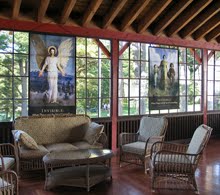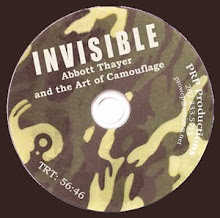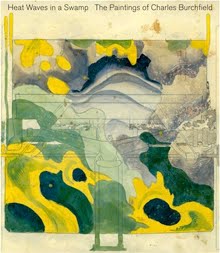Create your own designs for camouflage art, with 3 colors of acrylic paint on on paper or old clothes...
...or muslin, or wood, or even furniture - and then display the camouflage art as an exhibition.
Before you begin, study and explore camouflage images online. Here are 2 examples, you can find many more.
• newspapers to cover the art studio tables
• acrylic paints in natural colors: yellow ocher, raw sienna (rust), burnt sienna (brown), dark green, green, black, white, blue, others
• cups and bowls for mixing new colors
• brushes and/or sponges
• plastic gloves to wear white sponging paint
• sink/water for washing brushes
• sketch paper - 8/12 x 11 inches or larger
• thicker art paper 18 x 24 inches
or canvas, 18 x 24 inches
or muslin, 18 x 24 inches
or wood, 18 x 24
or shirts or pants
Remember Abbott Thayer's observations of concealing coloration, and his sketches for camouflage, and all the camouflage you have seen.
Choose a natural environment, whether the New England forest, or beaches and coastal regions, or desert, or jungle, or other, and select appropriate colors for your own new designs. Experiment with brushes or sponges, size of color areas and shapes.
Give your art a title that relates to the natural environment it reflects. Set up an exhibition. Take photographs of the displays and post with artist credits on the facebook camouflage art page.









No comments:
Post a Comment
Note: Only a member of this blog may post a comment.